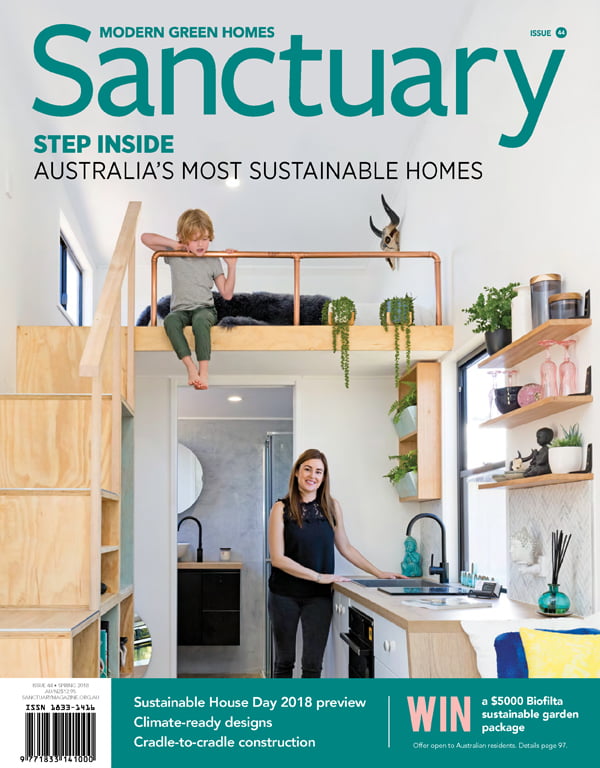Tiny homes, big community
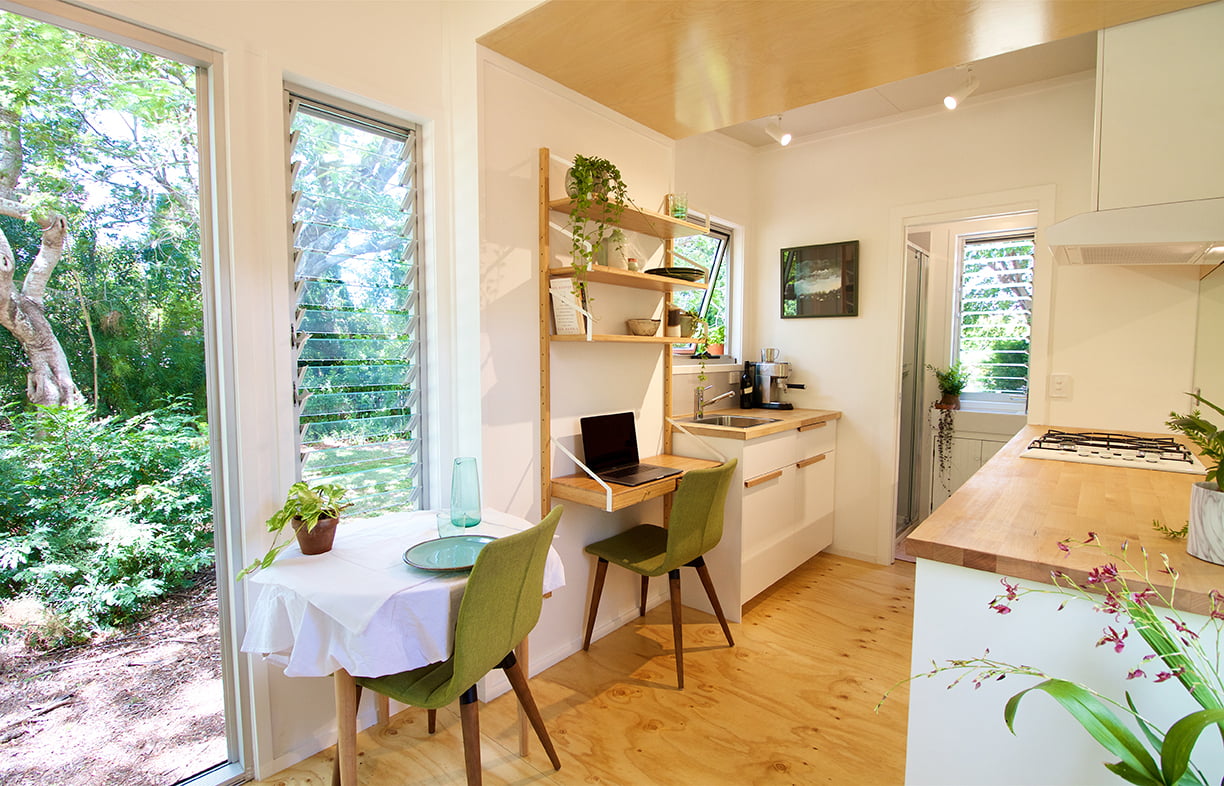
The movement to build tiny houses on wheels continues to gather momentum in Australia, and we’re excited that so many are throwing open their doors this year for Sustainable House Day!
Tiny Houses are now big.
Big as in they are popping up like mushrooms around Australia. Big as in the mainstream media has picked up on them, the online community is booming, and there’s even a festival planned.
Tiny is big right now for a number of reasons.
The benefits of minimalism are well known. Living in a tiny house can drastically cut your environmental footprint and provide freedom from debt. It can also open up mobility: when you get the urge, you can just move on.
Australia’s housing affordability crisis have opened a market for non-traditional modes of home ownership and shelter which, in addition to addressing affordability, come with a range of other benefits.
Chris Wenban, president of the newly established Australian Tiny House Association (ATHA), says tiny homes appeal to a range of people. One example she gives is women over 50 who find themselves without stable accommodation or income through, for instance, divorce or lack of superannuation. Another example is the homelessness sector, which is investigating the use of tiny home communities as a ‘housing-first’ approach to addressing homelessness.
Darren Hughes, founder of the TinyHousesAustralia Facebook page and the upcoming Tiny House festival, says the movement is divided into three groups: those living tiny as a stepping stone to save for a “big home” deposit; those choosing it for the long term; and “big home” owners supporting the movement.
For the long-termers, the lifestyle and community that tiny living can bring is part of the attraction.
Chris says that downsizing to a tiny house gave her the financial freedom to escape her mortgage and spend quality time with family in Europe; she now lives in a tiny house on a peri-urban property where she shares appliances with neighbours and runs shopping errands for her 80-year-old tiny home neighbour. “I’m far more social than when I lived in my large self-contained house and never needed to talk or interact with my neighbours,” she says.
“Tiny houses are a great option to be included in a ‘housing first’ solution to end homelessness in Australia,” says Jan Stewart, co-founder of the ATHA. She points to a pilot program the Tiny Homes Foundation has set up in Gosford, NSW, and another that is planned with Tiny Non-profit for Castlemaine, Victoria.
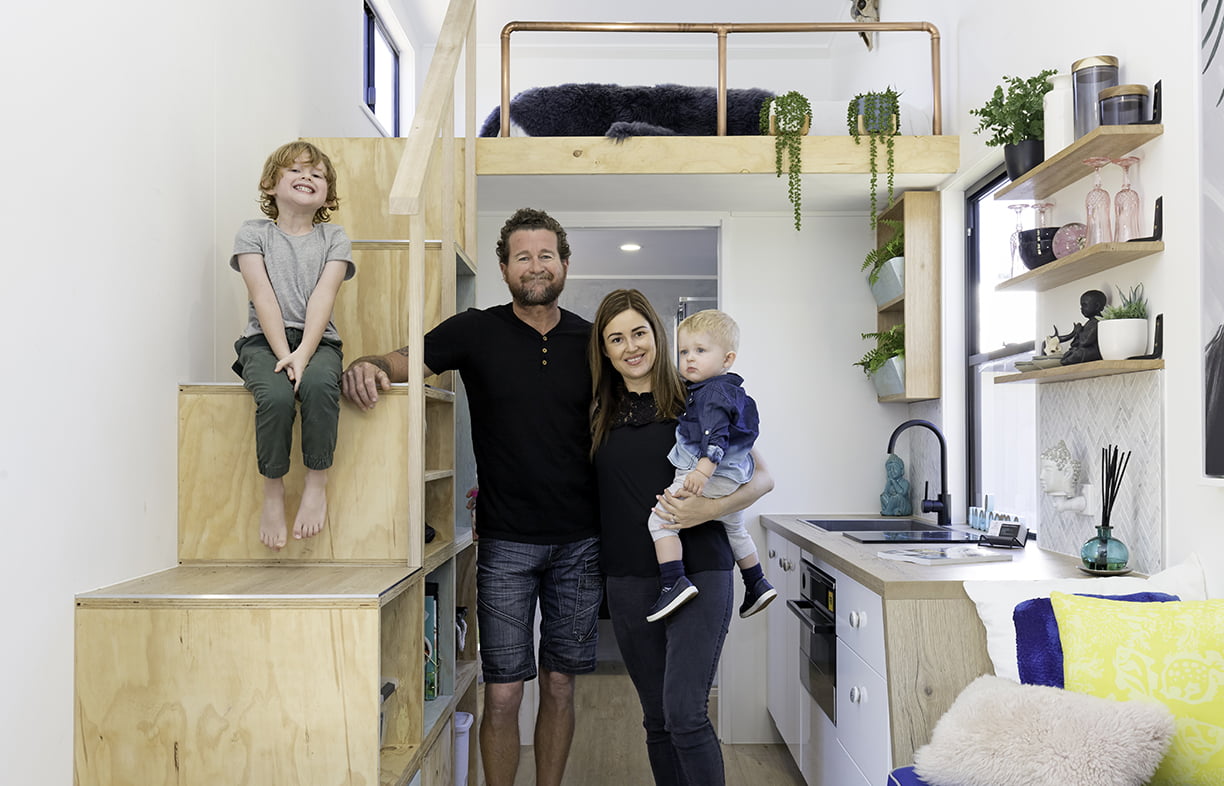
Marina Collins and her husband, a registered builder, got inspired to start building tiny homes after watching a documentary about them on television. Every Saturday for the next 10 months they worked on a tiny display home, and launched company Brisbane Tiny Houses which is specialising in building this type of dwelling. Theirs is just one of dozens of commercial building companies that have sprung up over the past few years to design and build tiny homes.
There are good people doing good things, says Darren, but it’s still early days in the industry. With still no solid or consistent regulations, some of the tiny houses being built are frankly shonky, he cautions. “It pays to do your research so that you don’t get ripped off.”
Making things safe is one of the reasons Chris and co-founder Jan Stewart set up the ATHA. They want to inform the community about quality and safety best practices for building a portable structure, such as structural, electricity and gas instalment requirements. “You need to take into account extra considerations to ensure tiny houses can travel safely on the highway,” says Jan.
ATHA plans to talk to all levels of government to gain a consistent understanding for tiny houses. Planning and building authorities don’t agree, for example, on what type of building category tiny homes fall in to. They may not be a ‘caravan’ (temporary housing), but they’re not necessarily permanent self-contained backyard dwellings either and councils may not know how to deal with them.
In NSW, for example, you’re allowed to live in a tiny home in the backyard “but a complaint by a neighbour may force the council to review this individual case,” explains Jan, while in Victoria, unless you’re a dependant of occupants in the main house, you can only live in a tiny home for up to 28 days or three months without a permit, depending on the council. These are essentially rules designed around caravans and camping. Placement on a vacant block requires a permit.1 In Queensland, the rules are typically much more relaxed, with variations from council to council.
Design and build of tiny houses is currently guided by caravan regulations, with strict height, width, length and weight restrictions (based on the Australian Design Rules2 for vehicles). These rules are designed to make tiny houses fit for transportation, but the lightweight materials necessary for transportation don’t necessarily make the most thermally efficient or durable for permanent dwellings.
Marina Collins’ advice is to approach the design meticulously. “The key to designing a great tiny home is to style it like you would a typical house,” she says. “Keep it open and airy with light-coloured, quality finishes, and think carefully about the placement of windows and doors for light, ventilation and to maximise a feeling of spaciousness. And go up as high as you can.” And because tiny houses are built to be moved on highways at speed, don’t skimp on the framing and bracing, she adds: “Get this done professionally.”
Besides improving the regulatory environment, one of the other main items on the ATHA’s agenda is to revise the perception of the tiny house from “a poor person’s housing option” or “quirky lifestyle foible” to an attractive housing solution.
The United States, the home of the movement, shows what is possible. Jan and Chris hope to see homegrown versions of Las Vegas’ Ferguson’s Downtown – a tiny house start-up community complete with pool, spa and Sunday BBQs. Or Portland’s family-friendly Simply Home, which boasts four dwellings sharing a standard, leafy suburban block. Indeed, moves are already afoot in Australia – for example Noosa’s tiny house community, Polkadot.
If you’re interested in exploring tiny houses for yourself, there are a large number opening to the public for Sustainable House Day on Sunday 16 September 2018, including Marina Collins’ which is currently located in Brisbane. Search ‘tiny’ when you register at sustainablehouseday.com
References
1. Permit to camp or keep a caravan
2. Australian design rules
Other links:
Australian Tiny House Association
Australia’s first Tiny House festival is coming to Bendigo, Victoria, March 2019
tinyhomesfoundation.org.au
Tiny Non Profit
Tiny Footprint
@TinyHousesAustralia on Facebook
Recommended for you
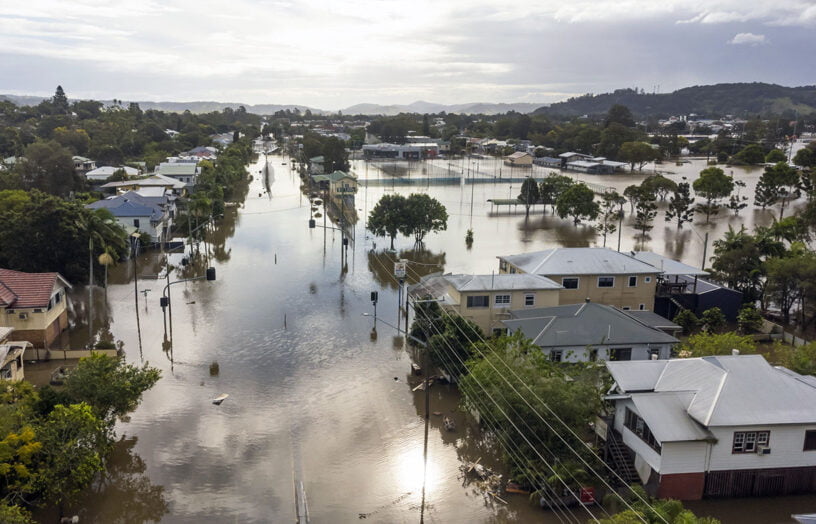 Sustainable tech
Sustainable tech
Preparing homes and towns for floods
For those in flood-prone areas, preparing your home for a flood isn’t just smart; it’s essential. Without it, recovering from flood damage can be slow and difficult. But with the right retrofits, and an understanding of flood policy and insurance in Australia, damage can be minimised, and life can return to normal more quickly.
Read more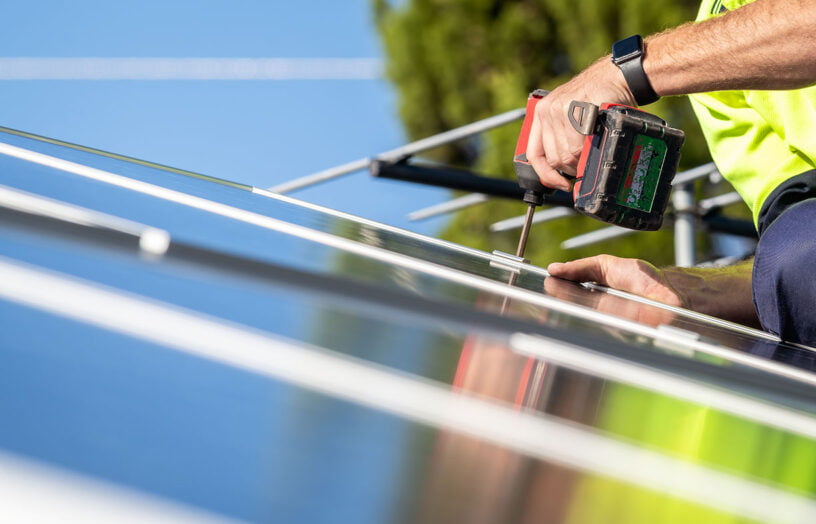 Efficient homes
Efficient homes
Tradies and the transition
Do we need as many tradies for electrification as many think? Not if we are innovative, writes Alan Pears.
Read more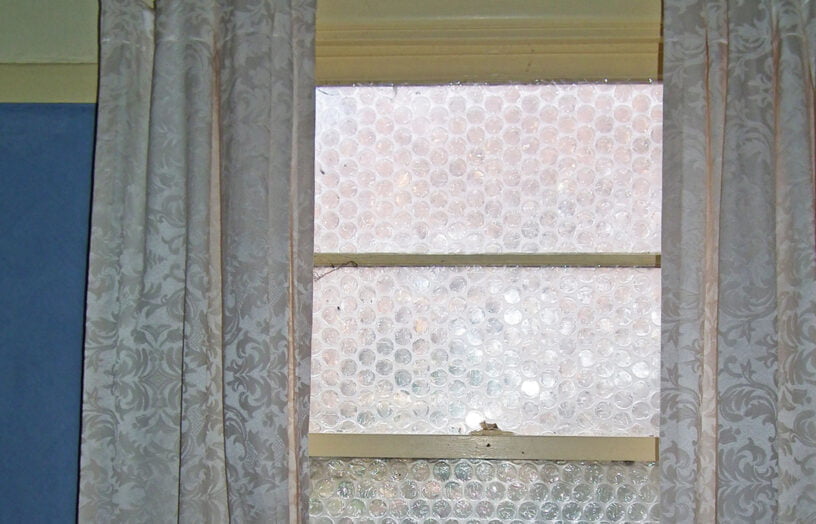 Efficient homes
Efficient homes
Double glazing on the (very) cheap
Do we need as many tradies for electrification as many think? Not if we are innovative, writes Alan Pears.
Read moreMarina’s house will be opening for Sustainable House Day, 15 September 2019. You can register to attend by clicking here.


